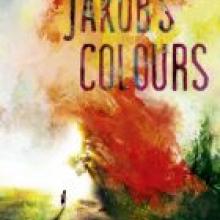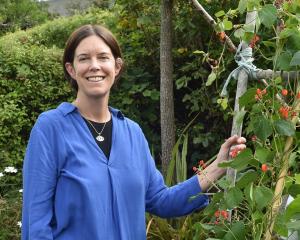
Eight year-old Jakob has become a ''grey-skinned boy'' who wears a sheepskin coat given to him when kindness had gone from his memory.
He is in Austria in 1944, the child of migratory gypsy people, and he has been taught to run if he can; to run for his life, through the dark forests where the trees collapse into the silence behind him.
As Lindsay Hawdon writes, ''the sound of him disappears and he is as close to invisible as the world dares to make him''.
For the world in 1940s Europe is a terrifying, hellish place for Jakob, his parents Lor and Yavy, and his tiny siblings, Malutki and Eliza, as for thousands of other nomadic people traumatised and brutalised throughout the Nazi regime.
In Jakob's Colours British fiction and travel writer Hawdon fixes the gaze on the Porajmos, the Romani genocide, when thousands of gypsy people were exterminated, despite having fled for their lives.
Hawdon's debut novel feels epic in dimension with its time range of about two decades.
The structure is the one weak aspect as it switches almost frenetically between time frames marked as ''Long Before'', ''Before'', and ''This Day''.
The narratives, and landscapes and relationships within, are strongly detailed. Mostly we follow young, desperate, barely audible Jakob in Austria as he runs and then shelters; aided by compassionate individuals who risk their lives to help him and others.
Frequently also we look in on his bleak life a year earlier, when he and his family were surviving as they could.
Intermittently, we look into Jakob's mother's privileged but deeply troubled childhood in Somerset, and then Switzerland.
Jakob is a spiritual boy who, when he still has the energy, looks to the beauty of nature.
He clutches a stone in his pocket which presses a ''mauve bruise of time passing'', and his little brother likewise clings to sanity through a ''pebble of insignificance'', a ''jewel of ordinariness'' when the world is turning insane.
Jakob's Colours is a deeply moving and intense tale of fierce-willed people who, despite chasing the brilliance and vividness of nature's colours became, for the most part, ''the disappeared. The vanished. The forgotten''.
• Jessie Neilson is a University of Otago library assistant.











